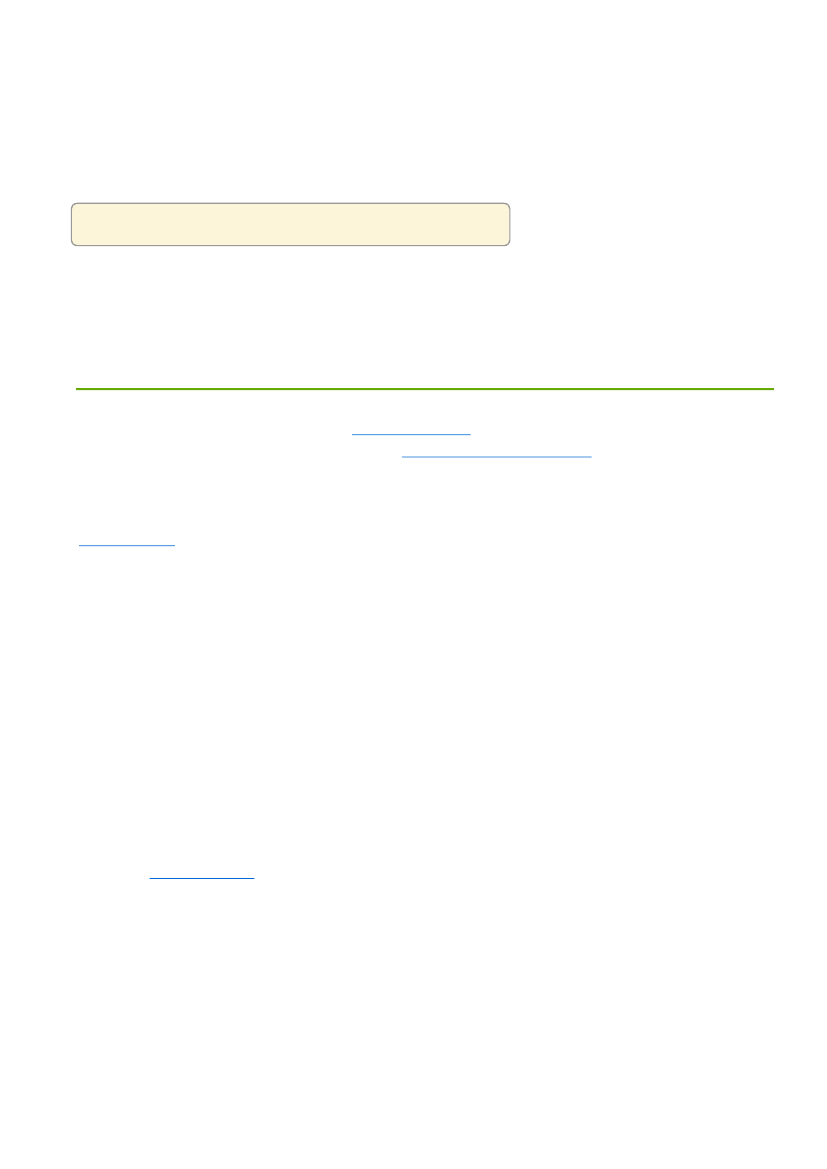
Methodological choices for determining the list of sectors and
subsectors deemed exposed to a significant risk of carbon
leakage, for the period 2021-2030
Fields marked with * are mandatory.
Methodological choices for determining the list of sectors and subsectors
deemed exposed to a significant risk of carbon leakage, for the period
2021-2030
In 2014, the European Council provided
strategic guidance
regarding the 2030 framework for climate and
energy and acknowledged the importance of the
EU Emission Trading System
(EU ETS) as the main
instrument to achieve the emission reduction targets of the EU. The European leaders determined that
free allocation to industry will continue after 2020 as long as no comparable efforts are undertaken in
other major economies.
Free allocation
is thus a transitional measure foreseen to address the risk of carbon leakage which is
defined as the risk of an increase in global emissions following relocation of industry due to climate
policies to third countries with no/limited carbon constraints.
The Commission with support of Member States will carry out an assessment of all relevant industry to
determine the level of exposure and thereafter draw up a so-called carbon leakage list. Sectors and sub-
sectors deemed to be most exposed to this risk receive a higher level of free allocation.
The framework for the carbon leakage assessment will be determined by the ETS Directive including the
criteria and thresholds for the assessments and the types of assessments possible with respective
conditions. These issues are thus not discussed in the present questionnaire, which instead focuses on a
number of aspects that have to be clarified before the exercise can be undertaken. The outstanding
issues are specific methodological choices: first for each of the two parameters of the assessment criteria
i.e. emission intensity and trade intensity, and second, on operationalising the different types of
assessments.
In this context, this consultation seeks the views of the stakeholders on the issues that remain to be
decided before the Commission can determine the carbon leakage list for the period 2021 to 2030. The
results of
this consultation
will be analysed, published and incorporated in the Impact Assessment that will
accompany the decision on the carbon leakage list.
Wherever possible, it would be useful if stakeholders provided references to concrete evidence and facts in
support of their answers.
Please note that the process of revising the ETS Directive is on-going and might, depending on the final
outcome, impact the questions presented in this questionnaire.
General information about respondent
*
Please choose your profile:
1